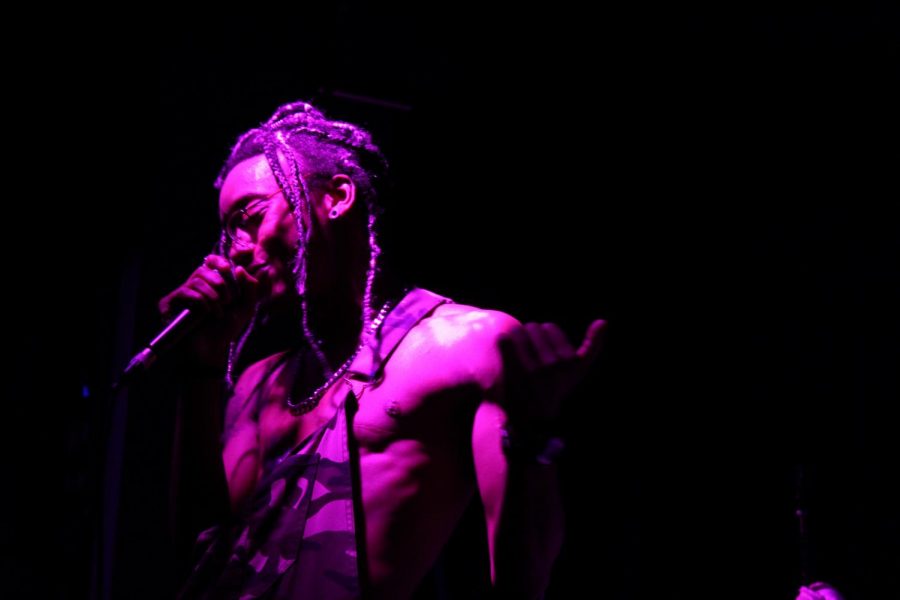The Storyteller Behind Jesediah
Jesse Sgambati, known largely as Jesediah, is an up-and-coming rapper studying both production and songwriting in the Clive Davis Institute of Recorded Music
January 29, 2018
Up-and-coming rapper and Tisch junior Jesse Sgambati — known popularly as Jesediah — shakes his work up by intertwining spontaneous beats with structured storytelling.
Born and raised in Syracuse, New York, Jesse Sgambati began learning classical piano at eight years old. He later switched to guitar lessons under his history teacher, setting in motion a strong love for music that endures to this day and focuses on the concept of storytelling.
Although he always appreciated hip-hop, Sgambati made the choice not to limit himself to just one style of music. Instead, his art is a product of mixing multiple genres.
Prior to his admission to NYU’s Clive Davis Institute of Recorded Music, Sgambati took a gap year in Syracuse to spend time with family. In an effort to make the most of his time in suburbia, Sgambati pursued his long-time interest in fashion and enhanced his image through a local theater’s costume department.
Currently studying both production and songwriting, Sgambati considers himself more of a writer than a producer. Both of his singles, “Lonzo” and “G.O.A.T.,” released under his stage name Jesediah, were written by him but produced externally.
“[I feel] that it is easy to become overly dependent on the hypeness of a beat,” Sgambati said. “So much that all other characteristics of a song can lack substance.”
Despite some critiques about the way music is produced, Sgambati praises the constant evolution of today’s musical landscape. He loves how music, including his own, is constantly changing
The genesis of his work derives from structure rather than spontaneity. After hearing something he likes, Sgambati puts the beat into Logic Pro — a digital audio workstation for Apple’s macOS — and freestyles over it to format the flow and melody. He then works on the diction.
His integration of story plays a crucial role in defining the line between wit and accessibility in his music. One of his many artistic goals is to make music that lives on beyond the past trends of a specific era. He wants his music to remove the common fleetingness of mainstream hip-hop.
Popular hip-hop artist Young Thug is a huge influence on Jesediah. Sgambati admires his risky artistic progression and his breaking of the Black masculinity mold.
Regarding technicality, Young Thug taught Sgambati the beauty in differentiating flow and rhythmic surprises. Sgambati also looks up to lyrically intricate bands such as Mumford & Sons and The Head and the Heart.
His dream is to make music his life. This is a dream that he feels hasn’t always been received with wholehearted support within the Clive program at NYU. Nonetheless, he pointed out that there are faculty who have aided and supported him with his interest in pursuing hip-hop.
As far as making it goes, Sgambati stressed the importance of taking the incentive to find connections outside of school. He views everything in his sight as an opportunity. While NYU offers copious resources, there are flyers, events and word-of-mouth kickbacks around the city that provide budding musicians the exposure and experience they need.
In addition to being proactive in the pursuit of success, Sgambati said it is important to be resilient and comfortable with being told ‘no.’
“You will be discouraged a majority of the time in the industry,” Sgambati said. “But it is necessary to remain humble and relaxed.”
Listen to Jesediah on Spotify or Apple Music.
A version of this article appeared in the Jan. 29 print edition. Email Avani Jurakhan at [email protected].
























































































































































